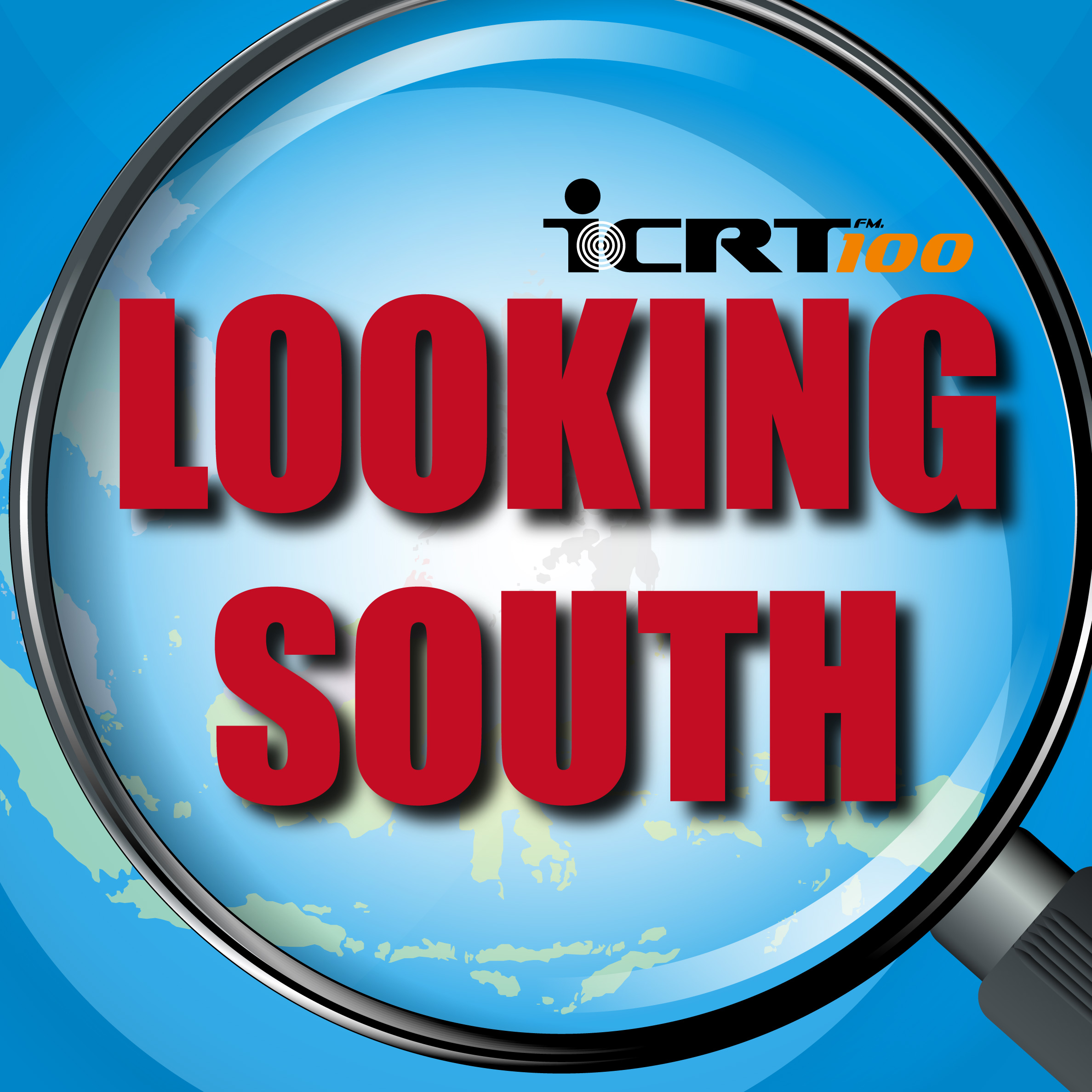Eric Gau chats with John Jiang, the executive Vice President of the Small & Medium Enterprise Credit Guarantee Fund of Taiwan, to learn about how SMEs can get funding to expand into Southeast Asia.
Listen here.
Transcript follows:
Eric Gau: Hello, and welcome to Looking South here on ICRT. I’m Eric Gau, and in this program, we look at how the Tsai administration’s New Southbound Policy is impacting the country. In today’s episode, we’ll be chatting with John Jiang, the executive Vice President of the Small & Medium Enterprise Credit Guarantee Fund of Taiwan, about how his organization helps SMEs. Mr. Jiang, welcome to the program.
John Jiang: My pleasure.
Eric: Mr. Jiang, just tell us, what role does the Taiwan SMEG play in the central government’s New Southbound Policy?
John: First of all, I would like to briefly introduce Taiwan SMEG. It’s a non-profit organization under the supervision of Ministry of Economic Affairs. By providing credit guarantees to share risk with banks, Taiwan SMEG helps SMEs in normal operation but short of collateral obtain financing from the banking sector.
“The New Southbound Policy” launched by the government is to foster links between Taiwan and 18 “New Southbound Countries.” Four aspects are involved, including: Promoting Economic Collaboration, Conducting Talent Exchange, Sharing Resources and Forging Regional Links.
In the aspect of Promoting Economic Collaboration, Taiwan SMEG plays the role of implementing the government’s policy to financially support SMEs for expanding overseas markets. By launching preferential guarantee program, Taiwan SMEG helps SMEs obtain financing from banks to invest in New Southbound Countries.
Eric: Without these credit guarantees, how difficult would it be for SMEs to get the funds that they need to expand their operations into the Southeast Asian market?
John: If an SME needs bank loans to start or expand its business in New Southbound Countries, but is short of collateral, Taiwan SMEG’s guarantee could be the solution to the problem. However, there are some criteria for the preferential guarantee program. For example, the investment is approved by the Investment Commission of the Ministry of Economic Affairs. In addition, at least 50% of the shares of the SME are owned by Taiwanese.
For an SME, the maximum amount is NT$100 million. Besides, the guarantee coverage ratio is up to 90%, compared to the average 75%; and the guarantee fee rate is only 0.1%, compared to the average 0.7%.
Eric: We know now what it takes for an SME to be qualified for the loan. How would an SME apply for these guarantees? What do they have to do to be included in this program?
John: There are two major channels. The first channel is through banks. SMEs apply for loans to banks. If SMEs are short of collateral banks will forward the applications to Taiwan SMEG for credit guarantee.
For the second channel, SMEs may go to Taiwan SMEG for credit guarantee. After credit investigation and approval, Taiwan SMEG will issue the Letter of Commitment to SMEs. Then SMEs apply for loans to banks with the Letter of Commitment.
Eric: Can they go to any bank to begin this process, or are there certain ones that the Taiwan SMEG is working with?
John: There are 44 banks cooperating with Taiwan SMEG, and branch offices of these 44 banks is over 3 thousand all over the island. So it is very convenient for SMEs in Taiwan to get access to credit guarantees.
Eric: Aside from these credit guarantees, are there any other challenges Taiwan SMEG can help SMEs overcome as they look to increase their business?
John: In addition to credit guarantees, a few measures have also been taken by Taiwan SMEG to help SMEs improve their management and financial skills. For instance, Taiwan SMEG has regularly hosted seminars, workshops and forums for SMEs since 2005. It’s a platform for SMEs to exchange experiences of business operation, and learn about the useful resources which will upgrade business operation.
Taiwan SMEG also provides consulting services to SMEs by phones or emails. If SMEs need more assistance or information on running a business, Taiwan SMEG will forward them to use the government’s relevant services, such as counseling classes in the fields of business management, e-commerce, financial management and information technology.
Eric: That’s actually much broader than pure finance. That’s very good. How many SMEs have you helped get the funding they need since the Taiwan SMEG was established? Are there any in particular that have been especially successful?
John: Since the establishment of Taiwan SMEG in 1974, Taiwan SMEG has helped over 400 thousand enterprises obtain over NT$18 trillion. And currently, around 100 thousand SMEs are utilizing credit guarantees offered by Taiwan SMEG, and around 93% of them are small and micro enterprises, which means their maximum paid-in capital is NT$30 million.
Our government has set up several kinds of awards to honor the outstanding SMEs in different fields. 73 percent of the winners are currently utilizing our guarantee services, or used to be our guaranteed companies.
More than 2,750 guaranteed enterprises have become large companies over the decades. Among them, more than 750 enterprises are either listed on stock market or OTC market, which accounts for 44% of total listed and OTC companies.
Eric: We’ve been chatting with Taiwan SMEG Executive Vice President John Jiang, telling us about how his organization helps small and medium enterprises, and even micro enterprises, enter New Southbound Policy target economies. Mr. Jiang, thank you for joining us on the air today.
John: Thank you, Eric.
Eric: And that’s it for this week’s episode of Looking South on ICRT. Join us again next week, as I chat with someone from Buder Electric Appliance Company about their experiences in the Southeast Asian market. I’m Eric Gau, and thank you all for tuning in.
